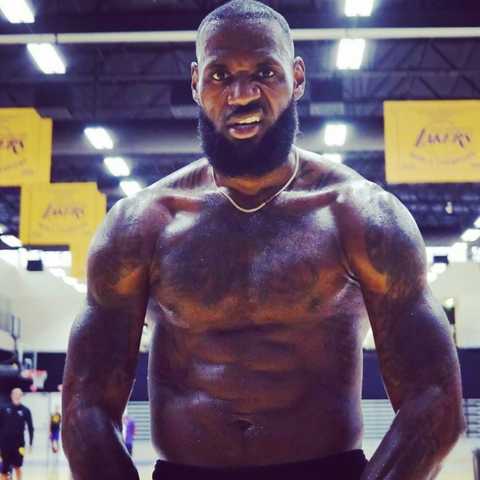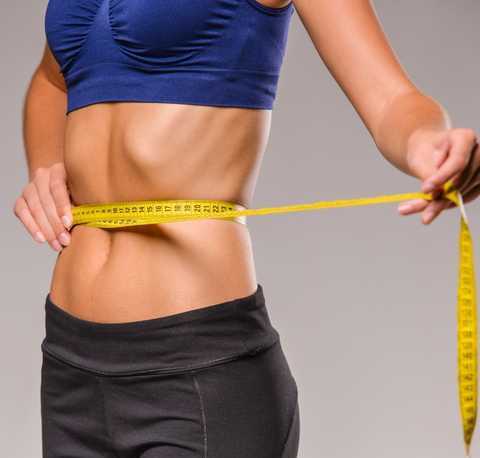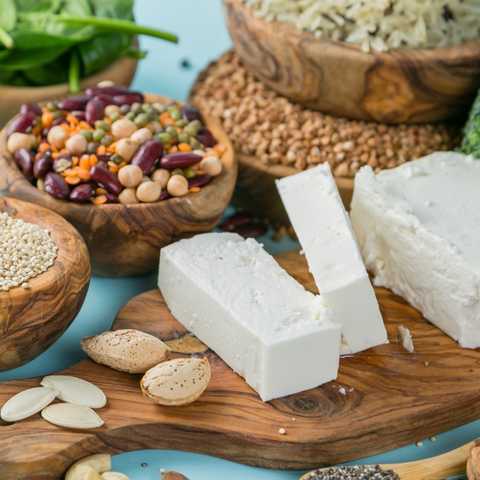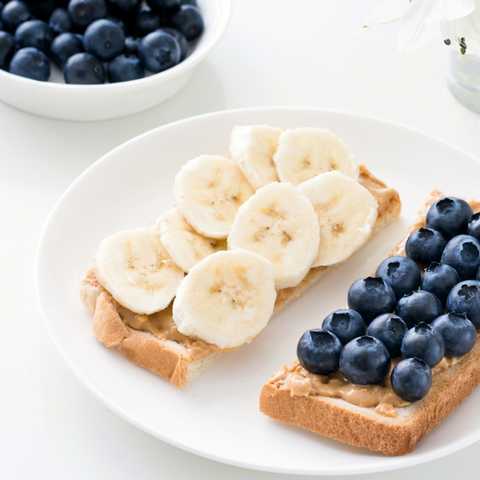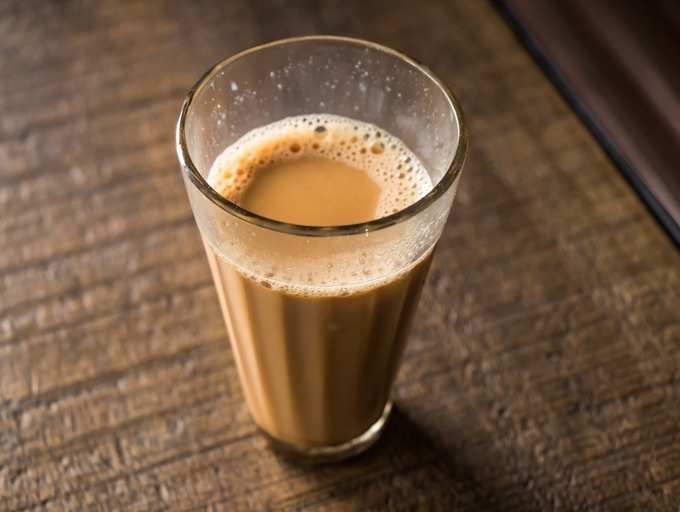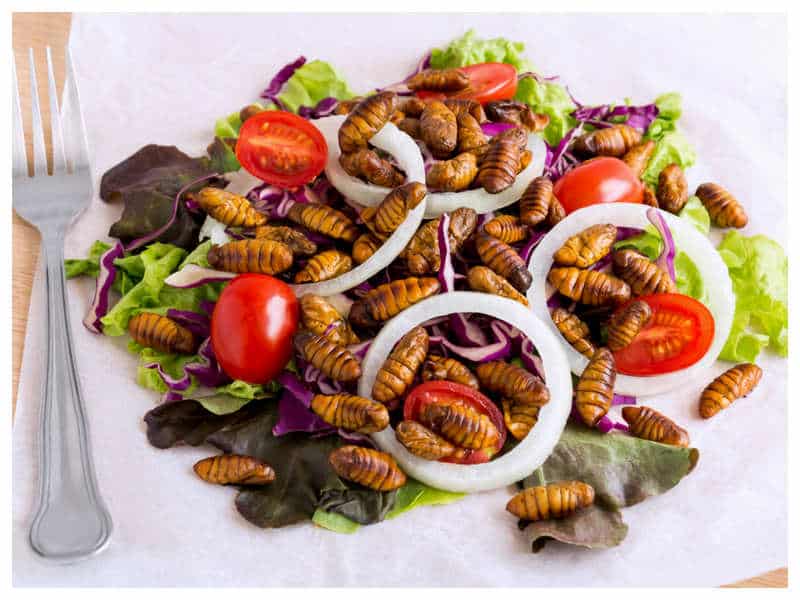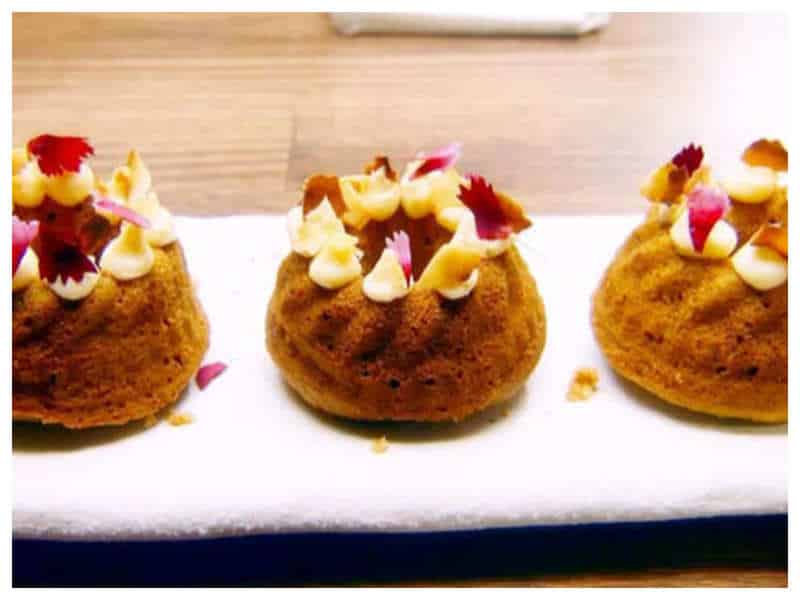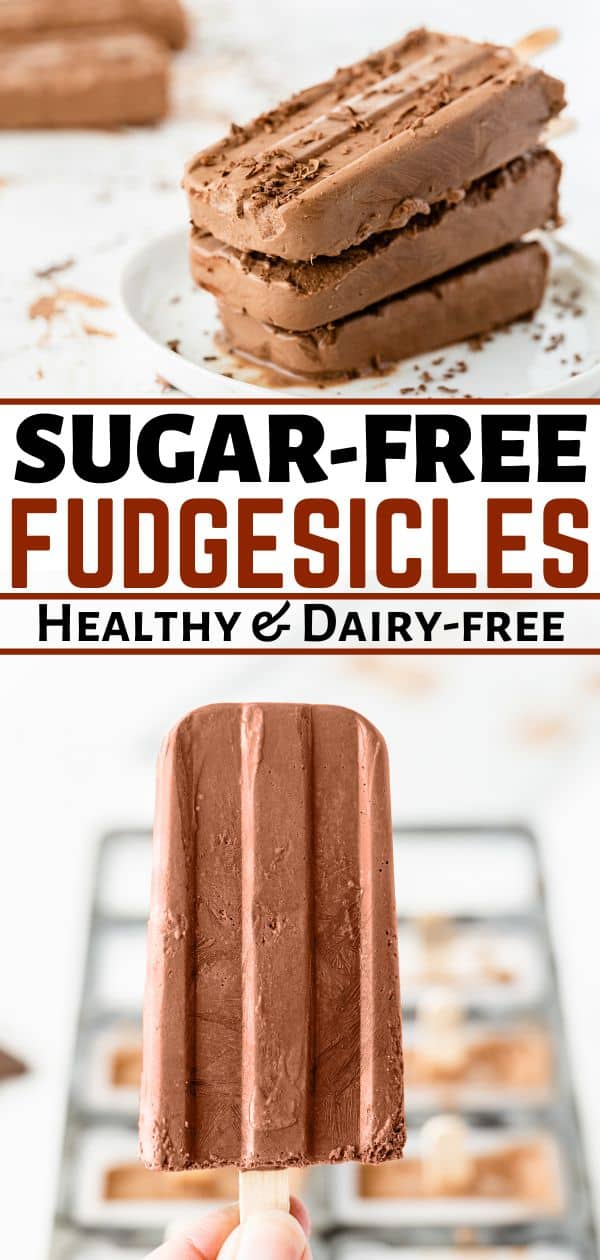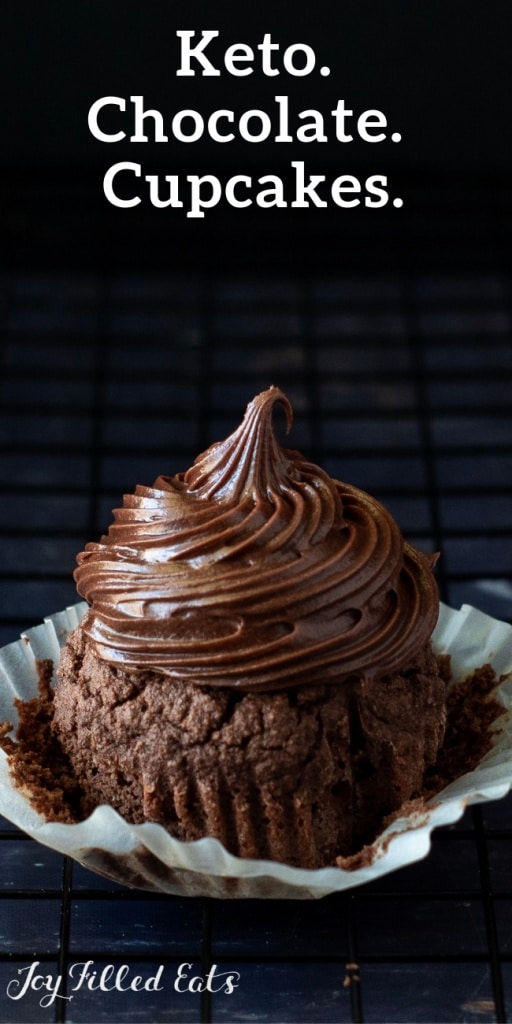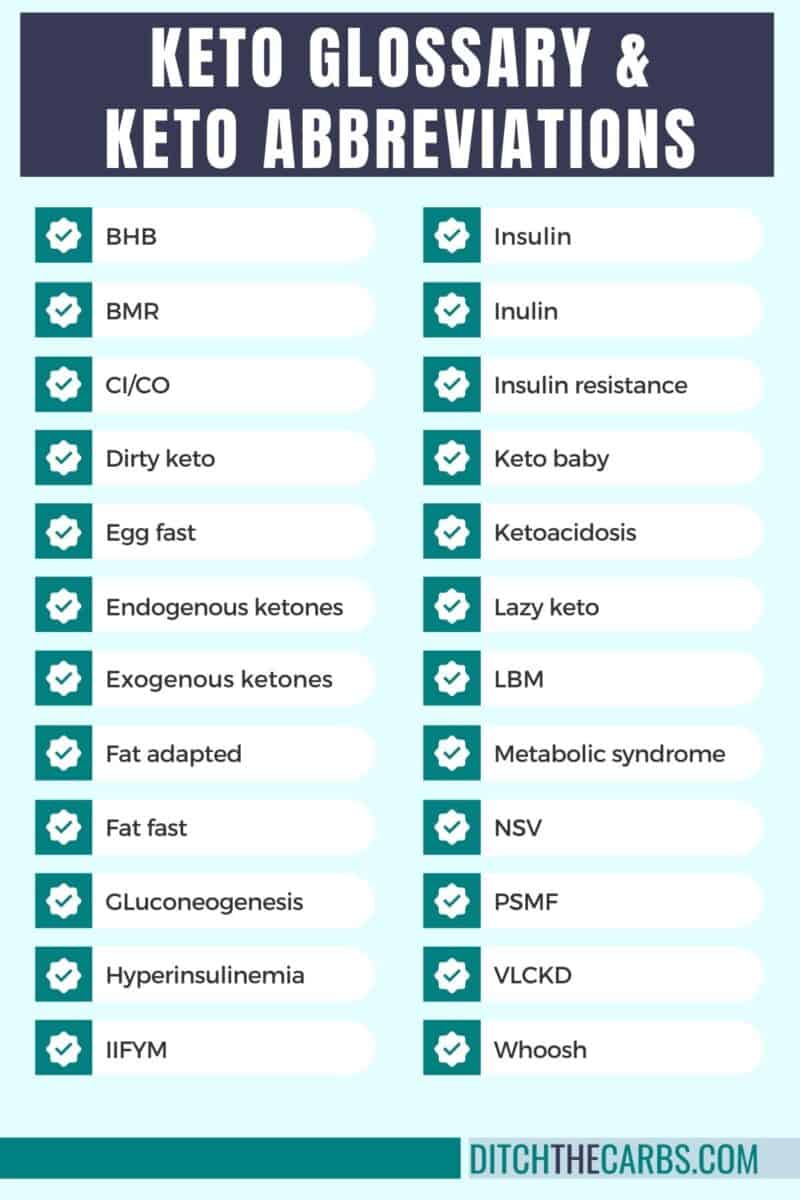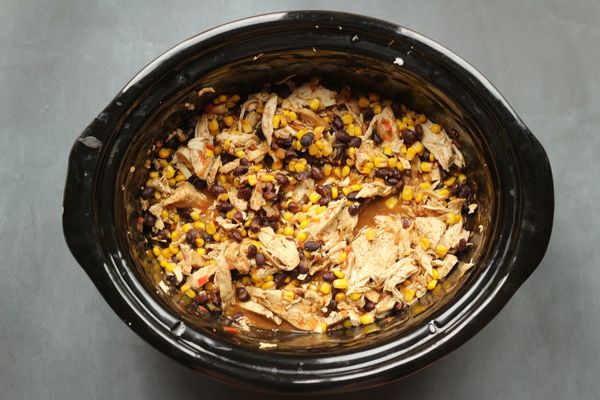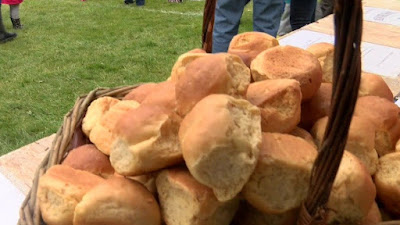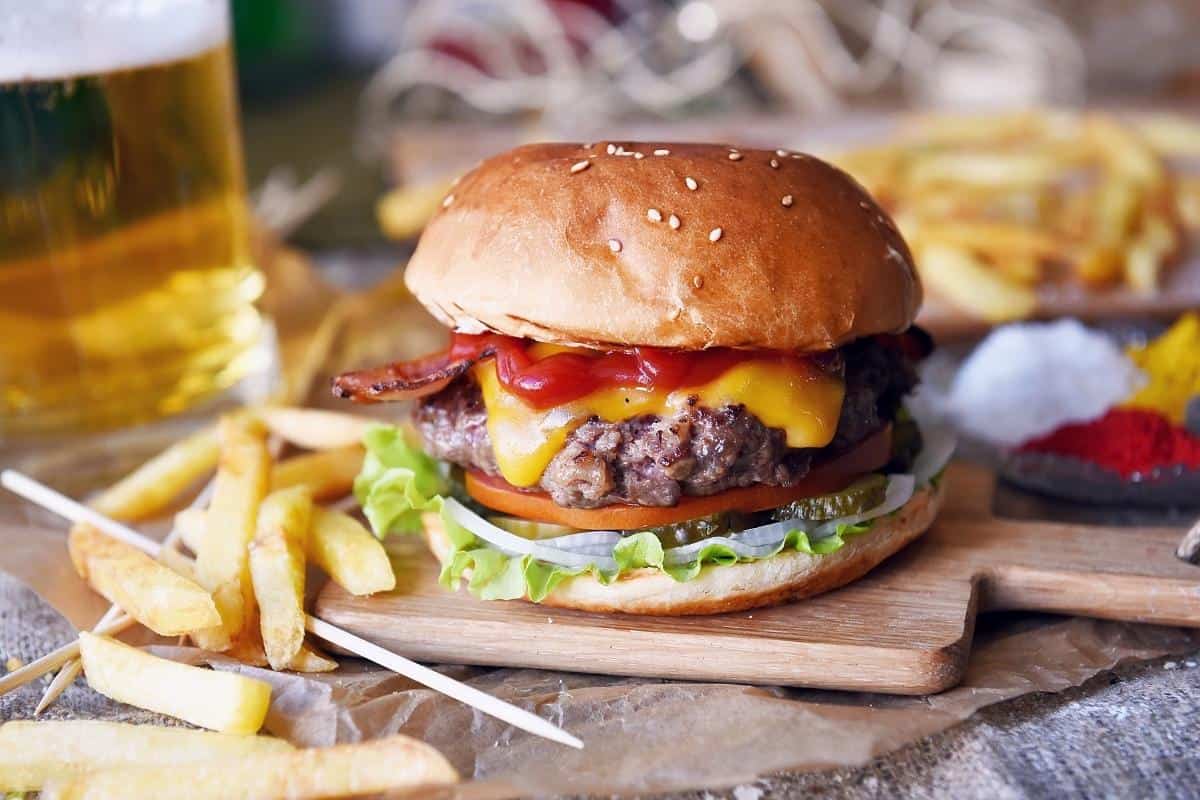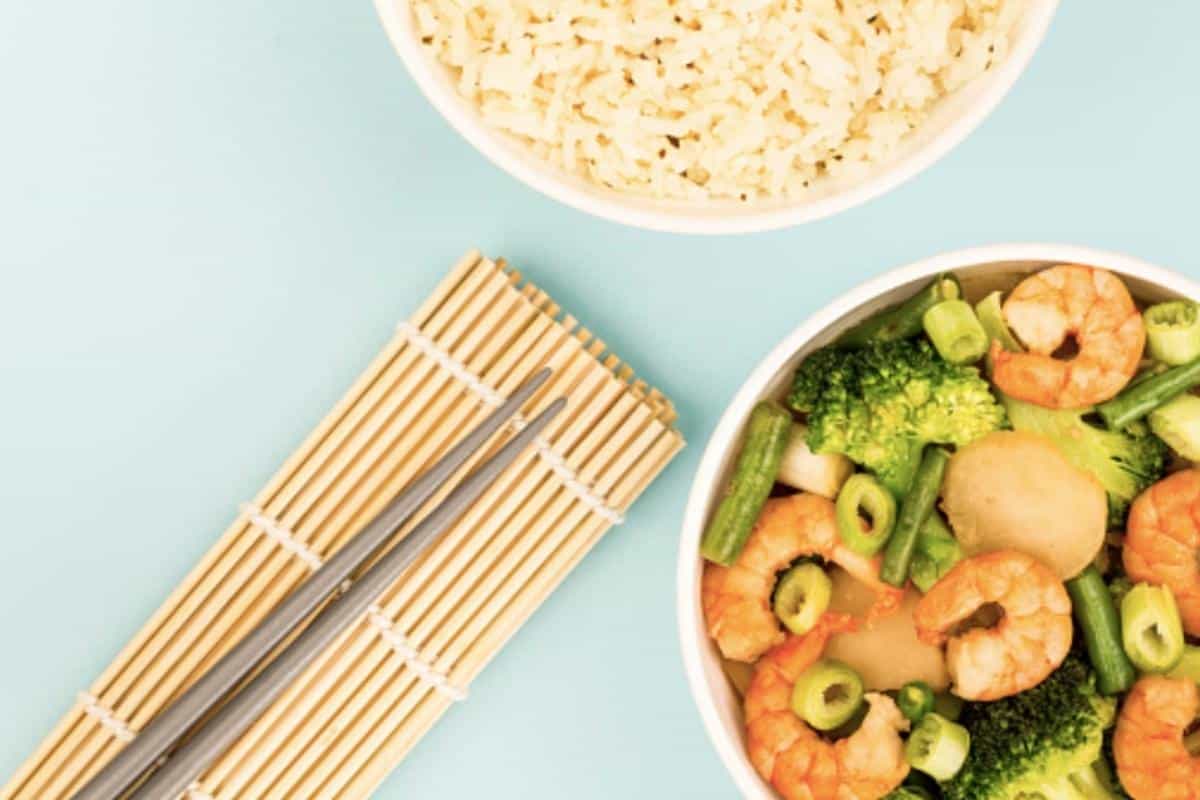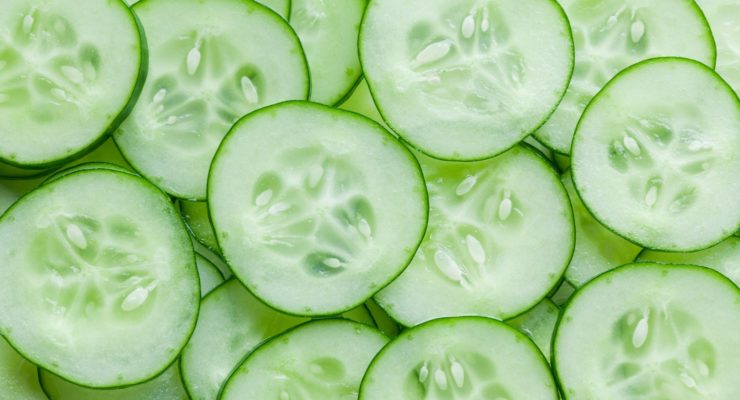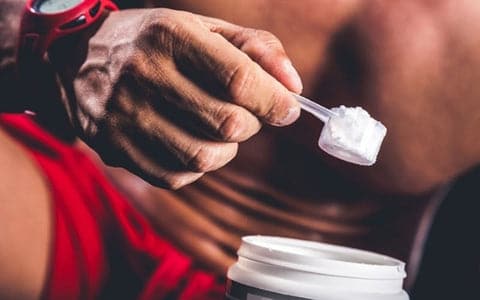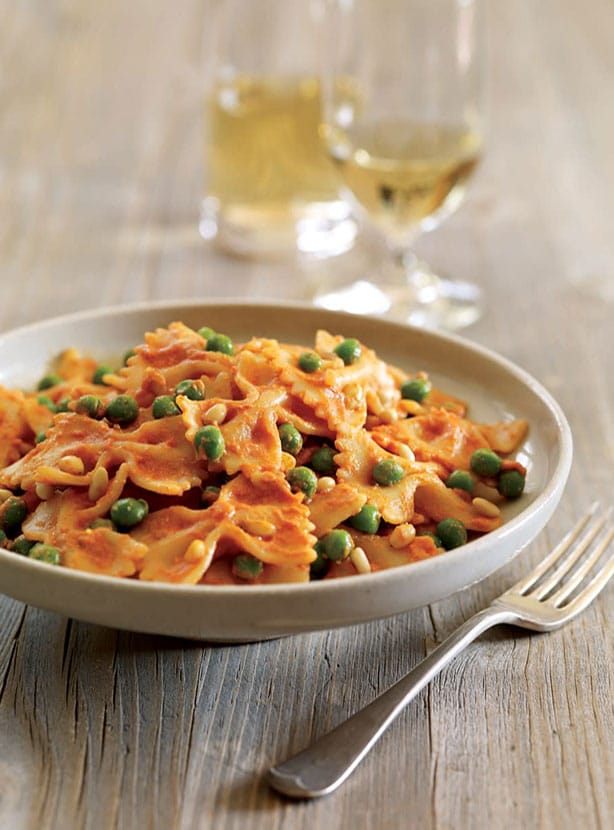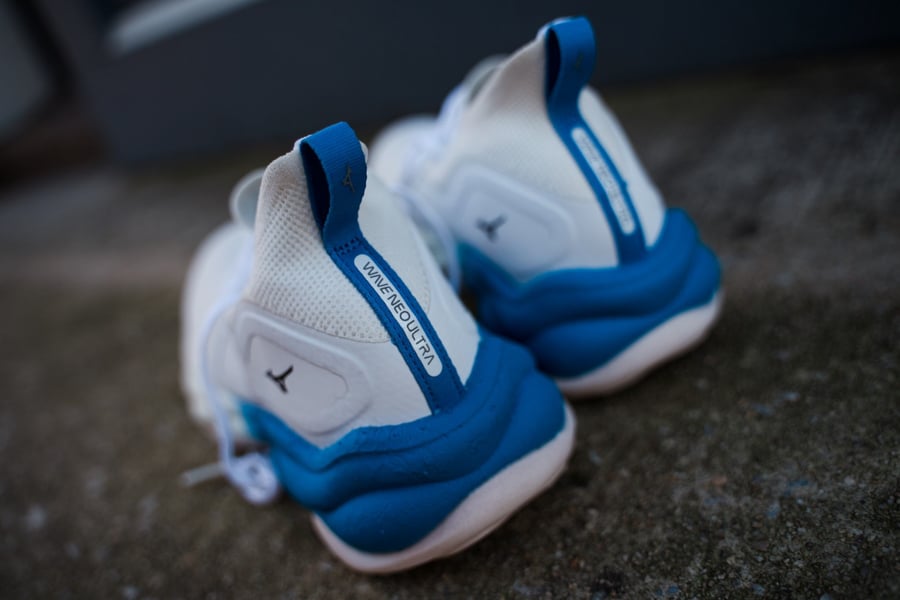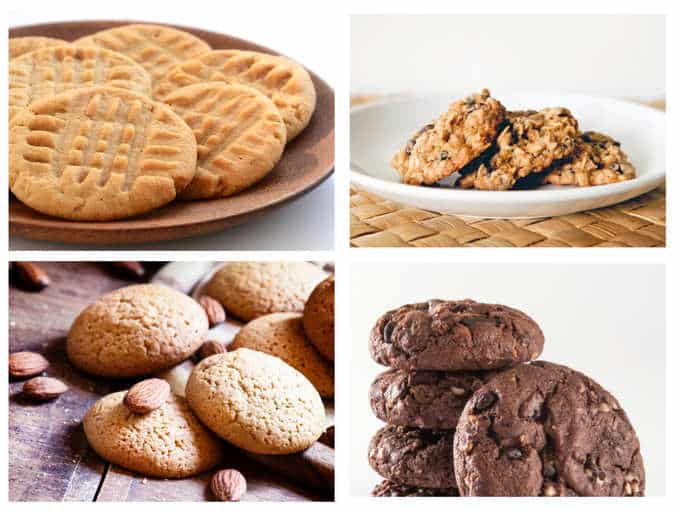It’s hard to know what healthy food is anymore. Nowadays, everyone is split into factions with strong beliefs that their way of eating is the only way. For every vegan discussing the benefits of eating more fruits and vegetables, a carnivore recommends eating more steak and avoiding plant-based foods altogether.
That said, protein intake is one nutrition area that nearly everyone agrees on. Following a high-protein diet is one of the best things you can do, particularly when it comes to building muscle or losing fat.
Today’s article is all about protein, what a high-protein diet can do for you, and high-protein meal plans for both muscle-building and weight-loss goals.
Table of Contents:
- What Is a High Protein Meal Plan?
- What Are High Protein Foods?
- How Much Protein Should You Eat On A High-Protein Meal Plan?
- 5 Best Foods To Eat On A High-Protein Meal Plan
- Are Any Foods Off Limits on a High Protein Diet?
- Benefits of High Protein Diets
- Drawbacks to High Protein Diets
- 5 Myths About High Protein Diets That You Shouldn’t Believe
- Daily Macros & Calories Following A High Protein Meal Plan
- Your 7 Day High Protein Meal Planning Grocery List
- 7 Day High Protein Meal Plan For Muscle Building
- 7 Day High Protein Meal Plan For Weight Loss
- Meal Prep Tips To Help You Follow A High-Protein Meal Plan
- What To Do After Following These 7 Day High Protein Meal Plans
- How Long Should You Follow A High Protein Meal Plan?
- FAQs
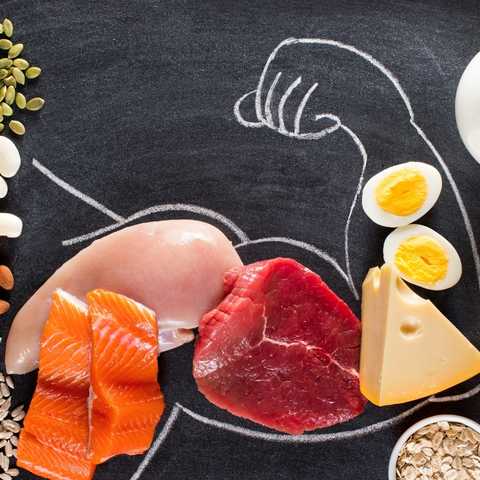
What Is a High Protein Meal Plan?
A high-protein diet is a nutrition approach that involves consuming a significant amount of protein, usually more than the average person. There are many benefits to high protein diets that we will get into later, but first, how much protein should an average person eat?
The Recommended Daily Allowance for protein is .8g/kg1. Recommended Dietary Allowances (RDAs) are the accepted source of nutrient intake for healthy people. RDAs have been around since World War Two and are used throughout the health and nutrition fields.
But for a 165-pound(75kg) individual, eating .8g/kg would only be 60 grams of protein daily. The number is low because the RDA is set based on the nutrients needed to avoid deficiencies, not optimize performance or health.
The good news is the average person already consumes more protein than the RDA, based on a National Health and Nutrition survey2. This is why health-related issues associated with low protein intake are rare. But more than the RDA is needed for those interested in building muscle, gaining strength, losing fat, or improving athletic performance. I’ll get into the ideal amount of protein for these goals shortly.
What Are High Protein Foods?
When following a high-protein diet, there are many foods to choose from. Here are a few high-protein foods:
- Beef
- Chicken
- Turkey
- Pork (pork loin, pork chops, ham)
- Fish and Seafood (salmon, tuna, shrimp, etc.)
- Eggs
- Greek yogurt
- Cottage Cheese
- Protein Powder (whey, casein, milk protein isolate)
- Legumes (peanuts, beans, lentils, chickpeas)
- Nuts and Seeds (almonds, hemp, pumpkin seeds, etc.)
- Tofu and Other Soy Products
- Quinoa
Animal Protein vs. Vegetable Protein: What’s the Difference?
Although the most significant category of high-protein foods is animal products, contrary to popular belief, you can follow a high-protein plant-based diet, like a vegetarian meal plan, for example, and still hit your protein goals.
However, many plant based proteins are incomplete proteins, meaning they lack at least one essential amino acid, and are more difficult to digest. Animal proteins are complete proteins, meaning they contain all essential amino acids.
The good news is this is an easy issue to fix when consuming vegetable proteins. You can meet all essential amino acid needs by consuming various veggie proteins throughout the day. If you’re eating high protein and plant-based, focus on combining plant protein sources, such as beans and rice or peanut butter and whole grain bread, to create a complete amino acid profile.
For example, rice and beans contain all essential amino acids, as does whole grain bread and peanut butter. So, although neither plant-based foods are a complete protein, what one lacks, another one has. Interested in high protein and only eating plant-based? Check out our vegan bodybuilding meal plan.
As for this plan, we’re primarily focusing on animal protein.

How Much Protein Should You Eat On A High-Protein Meal Plan?
There are many questions on how to properly define a high-protein diet. Some claim anything over the RDA’s recommendation of .8g/kg is a high-protein diet. Others may use the average person’s diet as the standard, with anything over that being a high-protein diet. So, how much protein per day do you need to build muscle?
As noted, neither the RDA nor the average person’s diet has enough protein for athletic populations. In their position stand on protein intake, the International Society of Sports Nutrition (ISSN) states people who exercise should consume 1.4 to 2.0g of protein per kg of body weight daily to optimize exercise training-induced adaptations3.
Based on this, other researchers claim for a diet to truly be considered high in protein, daily consumption should meet or exceed 2.0 g/kg/d4. Eating around 2.0g per kilogram, or roughly 1 gram per pound of body weight, aligns with what current research supports is enough to maximize muscle growth5.
Based on my experience and taking current research into account, a diet with at least one gram of protein per pound of body weight is sufficient for a high-protein diet.
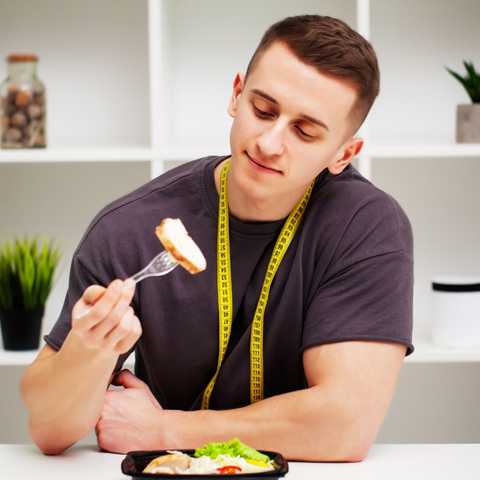
5 Best Foods To Eat On A High-Protein Meal Plan
Here are the five best protein sources to eat on a high-protein diet. When we get to the meal plans, you’ll see we use each of these frequently.
1) Lean Red Meat:
Besides being a high-protein low-fat food, lean red meat, such as sirloin and 90%+ lean ground beef, is loaded with micronutrients. Lean cuts of red meat contain zinc, iron, vitamin B12, and selenium.
2) Chicken Breast:
Chicken breast is a bodybuilder’s best friend for a reason. It’s a high-quality protein that is very low-fat and easy to prepare. Whether you enjoy grilled chicken or variations that are baked, sautéed, or boiled, they’re all healthy and can be used in salads, sandwiches, stir-fries, and many other recipes.
3) White Fish:
White fish, like cod, tilapia, and haddock, is another quality protein source that is low in fat. When you get tired of chicken and want something else, reach for cod, tilapia, or haddock. I recommend baking your fish and then serving it with a dash of lemon juice for a healthy, fresh-tasting meal.
4) Protein Powder:
The best thing about protein powder is its convenience. It is challenging to prepare four to six high-protein meals per day. Supplementing a meal or two with a high-quality protein powder is a great way to hit your protein goal without spending all day in the kitchen.
5) Greek Yogurt:
As far as protein quality goes, it doesn’t get any better than Greek yogurt, a thicker, creamier yogurt with a higher protein content than regular.
A typical 6-ounce (170-gram) serving of Greek yogurt can contain up to 17 grams of protein, more than double that of regular yogurt. Greek yogurt also contains live bacteria called probiotics, which can help improve gut health and boost your immune system.
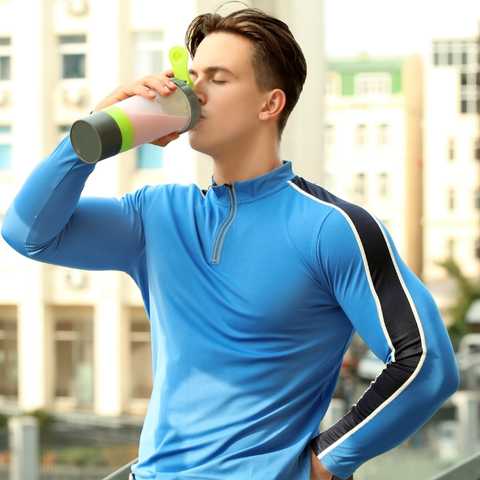
Are Any Foods Off Limits on a High Protein Diet?
One of the best things about a high-protein meal plan is its versatility. You can fit almost any food into your diet within moderation. That said, you need to be careful about fat intake.
On a high-protein diet, if you try to get most of your protein intake from high-fat sources such as bacon, sausage, 70-80% lean ground beef, and fatty cuts of steak, it will be challenging to keep your fat intake at a reasonable amount.
If you want high protein and high fat, you may want to consider a keto bodybuilding meal plan instead.
Benefits of High Protein Diets
A high-protein diet has several benefits, including:
- Build Muscle Mass & Strength: To maximize muscle and strength gains from resistance training, you must eat enough protein. Aim for one gram of protein per pound of body weight to best support muscle hypertrophy.
- Support Fat Loss: Protein can help reduce your appetite and increase feelings of fullness. During fat-loss phases, it’s common for hunger to be the leading cause of blowing up a diet. Additionally, a high-protein diet may help prevent muscle loss during a fat-loss phase, which can be a concern with extended low-calorie diets.
- Improve Bone Health: Protein is also essential for maintaining healthy bones, and a high-protein diet may help reduce the risk of osteoporosis and bone fractures6.
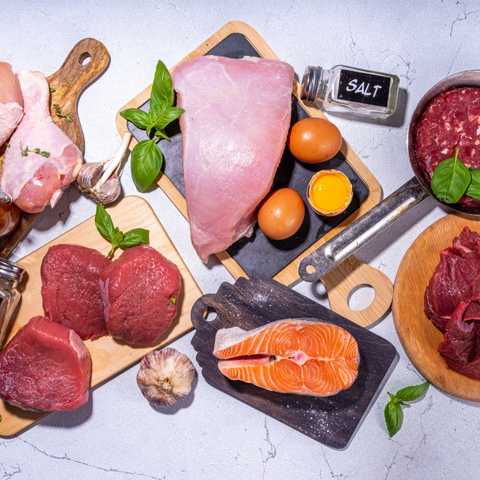
Drawbacks to High Protein Diets
Outside of a preexisting liver or kidney issue, such as advanced kidney disease, high-protein diets have very few drawbacks. Research shows high protein diets have no harmful effects on healthy individuals’ blood lipids, liver, or kidney function7. That said, there are a couple of things to keep in mind.
- Leaves Fewer Calories For Carbs & Fat: One potential drawback to a high protein diet is it allows fewer calories for carbohydrates and healthy fats. Nutrition is all about calories in and calories out. If you eat a greater percentage of calories from protein, it means you will have to eat fewer carbohydrates and fat.
- Cost: Protein-rich foods can often be more expensive than other food sources, which can be a barrier for some individuals. If this is an issue, buy in bulk, meal prep, and limit eating out at restaurants to cut costs.
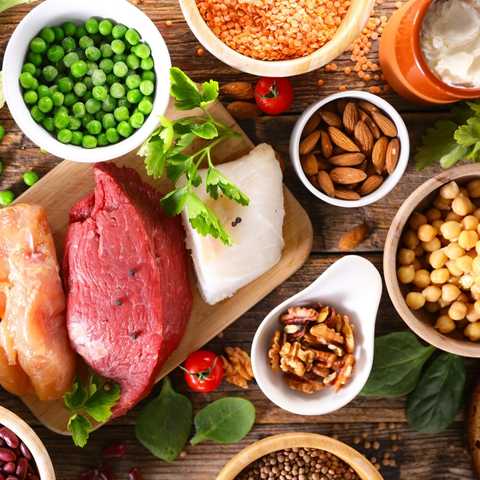
5 Myths About High Protein Diets That You Shouldn’t Believe
There are several common myths about high-protein diets. Here are a few of them:
1) High protein diets cause kidney damage:
This is a common myth, but it is not valid for healthy individuals. High-protein diets may not be the best idea for individuals with preexisting kidney disease, but there is no evidence that high-protein diets cause kidney damage in healthy individuals7.
2) High-protein diets lead to osteoporosis:
High-protein diets and osteoporosis are often linked, but this is also a myth. In fact, a high-protein diet can actually reduce the risk of osteoporosis and improve bone density, especially when combined with lifting weights6.
3) High-protein diets are bad for your heart:
The idea that high-protein diets are bad for your heart originates from research on saturated fat. Since many high-protein foods, such as red meat, are also high in saturated fat, people make the connection.
However, there is no evidence that high protein intakes independently cause heart issues. In fact, high-protein diets have been shown to lower blood pressure, triglycerides, and LDL cholesterol levels8.
4) High protein diets are only for bodybuilders:
High protein diets are beneficial for anyone who is trying to lose weight, build muscle, or maintain healthy body composition.
5) You can only absorb 20 grams of protein per meal:
This is one of the oldest protein myths in the bodybuilding world. If this were true, getting enough protein during the day would be nearly impossible. A 200-pound person would need to eat ten meals to reach 200g of protein. Luckily, research shows the body can utilize more than 20g of protein per meal9.
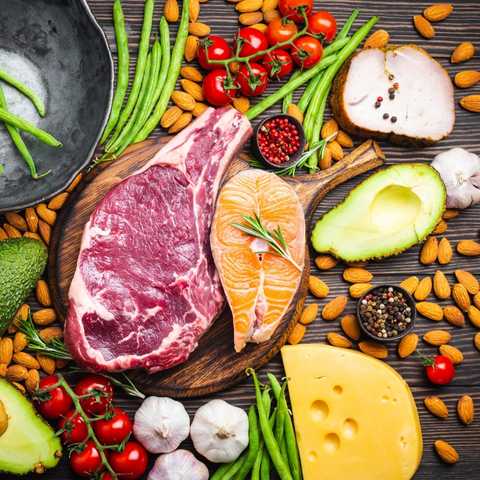
Your Daily Macros & Calories Following A High Protein Meal Plan
Before creating a high-protein meal plan, we must determine our daily calorie intake. The first step is calculating the number of calories your body needs to maintain weight, also called total daily energy expenditure (TDEE).
Once we know our TDEE, setting up a high-protein meal plan for building muscle and fat loss is easy. To build muscle, you add calories to the TDEE, creating a caloric surplus. For fat loss, you reduce calories, creating a caloric deficit.
A simple way to calculate your TDEE is to multiply your body weight by 14 to 16. Your energy expenditure is highly correlated with how active you are. Multiplying by 16 represents an active lifestyle, 15 is moderate, and 14 is sedentary.
Using this calculation, a moderately active 170-pound person would multiply 170 by 15 for a TDEE of 2550 calories.
Based on this, if they consistently ate 2550 calories, they would maintain their body weight. The high-protein meal plans below will be set up for a 170-pound person, but to make the meal plan effective for you, you need to use your body weight to find your TDEE.
Calories & Macros For Building Muscle:
After calculating our TDEE, the next step is adding calories to build muscle. A common mistake is increasing calories too much. Bulking doesn’t take a massive calorie surplus. A modest 15-20% calorie bump above TDEE is all you need to get started.
In our example, an extra 15% to 2550 equates to 380 extra calories.
- 170lbs x 15 = 2550 calories
- 2550 x 15% (380) = 2930 calories
As mentioned above, a high-protein diet consists of at least one gram of protein per pound of body weight. In our example, 170 grams of daily protein is the goal.
All that is left is to distribute fat and carbohydrates. There is a wide range of fat intake that can work. It really comes down to personal preference. I recommend an intake of 20-35% of the total daily calories for fat. From there, the rest of the calories can come from carbohydrates.
Here is how it all breaks down.
- Muscle-building calorie goal: 2930
- Protein intake (1g/lb BW): 170g
- Fat intake (25% of calories): 80g
- Carbohydrates intake (remaining calories): 380g
Calories & Macros For Fat Loss:
Although fat loss seems complex, it’s not. To create a fat-loss meal plan, simply reduce calories from your TDEE.
The trick is figuring out how many calories to take away. Losing one pound per week is a great starting point for most people. Ask any dietitian, and they will tell you that reducing food intake by 3,500 calories results in a one-pound loss. Therefore, if you cut 500 calories daily, that’s one pound per week. Although not a perfect science, it gets us in the ballpark.
In our example, our TDEE was 2550 calories. Subtracting 500 calories from 2550 leaves us with 2050 calories (2550 – 500 = 2050).
Our macronutrient breakdown can stay the same for fat loss as muscle building.
- Fat loss calorie goal: 2050
- Protein intake (1g/lb BW): 170g
- Fat intake (25% of calories): 55g
- Carbohydrates intake (remaining calories): 220g
Your 7-Day High Protein Meal Planning Grocery List
Regardless of whether you’re planning to follow the muscle-building or weight-loss high protein meal plan, this grocery list includes everything you need!
1. Protein Sources:
Consider high-protein, low-fat foods your best friend on a high protein meal plan. Creating meals that contain a variety of lean protein, including meats, dairy products, and protein supplements, makes it relatively easy to hit high protein numbers.
| MEAT: |
| Chicken Breast |
| Chicken Thighs |
| 99% Lean Ground Turkey Breast |
| Deli Turkey Breast |
| Deli Ham |
| NY Strip |
| Top Round |
| 93% Lean Ground Beef |
| Pork Loin |
| Fish: Salmon, Canned Tuna, Tilapia, Cod, Haddock |
| DAIRY: |
| Eggs |
| Low-Fat Greek Yogurt |
| Low-Fat Cottage Cheese |
| Cheddar Cheese |
| PROTEIN SUPPLEMENTS: |
| Protein Powder (your choice) |
| High-Calorie Protein Bar (~400 calories) |
| Low-Calorie Protein Bars (~250 calories) |
2. Carbohydrates Sources:
No food is really off limits on a high protein diet, meaning you still get to enjoy whole grain bread and bagels, pasta dinners, and plenty of fruits and veggies!
| BREAD: |
| Whole-Grain Bagels & Bread |
| Whole-Grain Wraps |
| BREAKFAST: |
| Cereal: Multigrain Cheerios & Life Cereal |
| Cream Of Wheat |
| Oatmeal |
| Granola Bars |
| PANTRY: |
| Whole Grain Crackers |
| White Rice |
| Brown Rice |
| Chocolate Rice Cakes |
| Quinoa |
| Pasta |
| Pasta Sauce |
| Black Beans |
| PRODUCE: |
| Sweet Potatoes & Russet Potatoes |
| Fruits (Apples, Pears, Kiwi, Bananas, Blueberries, Raspberries, Strawberries & Strawberry Jam) |
| Veggies (Broccoli, Asparagus, Brussel Sprouts, Mixed Greens, Shredded Lettuce, Green Beans, Green Peas, Corn) |
3. Fat Sources:
Dressings, nuts, and spreads will make up the majority of your fats on these high protein meal plans.
| DAIRY: |
| Butter |
| PANTRY ITEMS: |
| Balsamic Vinaigrette Dressing |
| Olive Oil |
| Italian Dressing |
| Cashews |
| Almonds |
| Peanut Butter |
| Almond Butter |
4. Drinks & Dessert:
No need to forego coffee, juice, and the occasional dessert when following high protein meal plans! They’re all included in this shopping list.
| BEVERAGES: |
| Coffee |
| Almond Milk |
| Tea |
| Orange Juice |
| Apple Juice |
| DESSERT: |
| Frozen Yogurt |
Your 7-Day High Protein Meal Plan For Muscle Building
The secret to adding mass? Pick and stick to a workout split, and follow this muscle-building high protein meal plan!
Monday:
Daily nutrition breakdown: 2951 calories, 175g protein, 385g carbs, 79g fat
|
Breakfast: |
6 whole eggs 80g oats 1 medium orange 8oz apple juice |
Nutrition: |
|
Lunch: |
4oz 99% lean ground turkey breast 290g white rice 1 cup green beans |
Nutrition:
546 calories |
|
Dinner: |
6oz top round 12oz russet potato 1 cup frozen yogurt |
Nutrition:
770 calories |
|
Snack: |
1 scoop protein powder 8oz almond milk 1 medium banana 32g almond butter 4 chocolate rice cakes |
Nutrition: |
Tuesday:
Daily nutrition breakdown: 2903 calories, 168g protein, 389g carbs, 75g fat
|
Breakfast: |
3 whole eggs 1 medium apple 3 cups Life Cereal 8oz almond milk |
Nutrition: |
|
Lunch: |
4oz cod 290g brown rice 1 cup broccoli 25g cashews |
Nutrition: |
|
Dinner: |
5oz salmon 4oz pasta 1.5 cups marinara sauce 1 cup asparagus |
Nutrition:
836 calories |
|
Snack: |
1 scoop whey protein 8oz almond milk 1 medium banana 60g oats 32g peanut butter |
Nutrition: |
Wednesday:
Daily nutrition breakdown: 2870 calories, 169g protein, 380g carbs, 77g fat
|
Breakfast: |
4 whole eggs 3 cups multigrain Cheerios 8oz almond milk |
Nutrition: |
|
Lunch: |
6oz chicken thighs 290g brown rice 1 cup green peas |
Nutrition:
672 calories |
|
Dinner: |
5oz salmon 290g white rice |
Nutrition:
617 calories |
|
Snack: |
1 scoop protein powder 8oz almond milk 1 medium banana 32g peanut butter 80g oats 3 chocolate rice cakes |
Nutrition: |
Thursday:
Daily nutrition breakdown: 2926 calories, 177g protein, 388g carbs, 74g fat
|
Breakfast: |
4 egg whites 2 whole eggs Large whole-grain bagel 1tbs butter 1 cup blueberries 1 cup orange juice |
Nutrition: |
|
Lunch: |
4oz chicken breast 290g white rice 1 cup broccoli 1tbs olive oil |
Nutrition:
713 calories |
|
Dinner: |
1 can tuna 250g quinoa 150g black beans Large green salad 2tbs low-fat balsamic vinaigrette dressing |
Nutrition: 712 calories 47g protein 104g carbs 12g fat |
|
Snack: |
1 scoop protein powder 8oz almond milk 32g almond butter 80g oats 1 cup of strawberries 1 cup kiwi |
Nutrition: |
Friday:
Daily nutrition breakdown: 2913 calories, 167g protein, 388g carbs, 77g fat
|
Breakfast: |
1 scoop protein powder 8oz almond milk 1 medium banana 80g oats 32g almond butter |
Nutrition: |
|
Lunch: |
4oz deli ham or turkey breast 2 whole grain wraps 1 slice cheddar cheese 50g shredded lettuce 1 medium apple |
Nutrition:
691 calories |
|
Dinner: |
8oz sirloin 12oz sweet potato 1 cup frozen yogurt |
Nutrition:
89 calories |
|
Snack: |
1 high-calorie protein bar 1 medium banana 1 cup orange juice |
Nutrition: |
Saturday:
Daily nutrition breakdown: 2877 calories, 174g protein, 376g carbs, 77g fat
|
Breakfast: |
4 whole eggs 80g oats 1 medium apple 8oz orange juice |
Nutrition: |
|
Lunch: |
1 can tuna 290g white rice 1 cup broccoli 10g butter |
Nutrition:
613 calories |
|
Dinner: |
8oz 93% lean ground beef 4oz pasta 1 cup pasta sauce |
Nutrition:
814 calories |
|
Snack: |
1 cup low-fat cottage cheese 2 servings whole grain crackers 1 medium banana 1oz almonds |
Nutrition: |
Sunday:
Daily nutrition breakdown: 2926 calories, 175g protein, 390g carbs, 74g fat
|
Breakfast: |
3/4 scoop protein powder 150g low-fat Greek yogurt 80g oats 1 cup raspberries |
Nutrition: |
|
Lunch: |
4oz chicken breast 12oz sweet potato 1 medium pear 15g butter |
Nutrition:
684 calories |
|
Dinner: |
6oz NY Strip 290g white rice 1 cup corn |
Nutrition:
950 calories |
|
Snack: |
1 scoop protein powder 8oz almond milk 1 medium apple 2 slices whole-grain bread 32g peanut butter 2 tbsp strawberry jam |
Nutrition: |
Your 7-Day High Protein Meal Plan For Cutting
When you’re cutting, your ultimate goal should be to maintain your muscle mass, which means it’s important to keep your protein goals nice and high. This meal plan will help you get there.
Monday:
Daily nutrition breakdown: 2065 calories, 164g protein, 223g carbs, 56g fat
|
Breakfast: |
4 whole eggs 4 egg whites 80g oats 1 medium apple |
Nutrition: |
|
Lunch: |
1 can tuna 145g white rice 1 cup broccoli 10g butter |
Nutrition:
413 calories |
|
Dinner: |
8oz 93% lean ground beef 2oz pasta 1 cup pasta sauce |
Nutrition:
609 calories |
|
Snack: |
1 cup low-fat cottage cheese 1 medium banana |
Nutrition: |
Tuesday:
Daily nutrition breakdown: 2029 calories, 167g protein, 219g carbs, 54g fat
|
Breakfast: |
5 whole eggs 60g oats 1 medium orange |
Nutrition: |
|
Lunch: |
5oz chicken breast 145g white rice 1 cup broccoli 10g butter |
Nutrition:
487 calories |
|
Dinner: |
6oz salmon 8oz sweet potato 1 cup green beans |
Nutrition:
417 calories |
|
Snack: |
1 scoop protein powder 8oz almond milk 1 medium banana 2 chocolate rice cakes |
Nutrition: |
Wednesday:
Daily nutrition breakdown: 2060 calories, 167g protein, 218g carbs, 56g fat
|
Breakfast: |
225g low-fat Greek yogurt 80g oats |
Nutrition: |
|
Lunch: |
6oz cod 145g white rice 1 cup broccoli 10g olive oil |
Nutrition:
464 calories |
|
Dinner: |
8oz sirloin 8oz sweet potato 1 cup green beans |
Nutrition:
586 calories |
|
Snack: |
2 scoops protein powder 8oz almond milk 16g peanut butter 1 medium banana |
Nutrition: |
Thursday:
Daily nutrition breakdown: 2042 calories, 167g protein, 225g carbs, 49g fat
|
Breakfast: |
6 egg whites 2 packets cream of wheat 32g almond butter |
Nutrition: |
|
Lunch: |
6oz chicken 145g white rice 1 cup broccoli 10g olive oil |
Nutrition: |
|
Dinner: |
8oz pork loin 10oz russet potato Large green salad 2tbs light balsamic salad dressing |
Nutrition:
658 calories |
|
Snack: |
1 low-calorie protein bar 1 medium banana |
Nutrition: |
Friday:
Daily nutrition breakdown: 2014 calories, 162g protein, 214g carbs, 55g fat
|
Breakfast: |
4 whole eggs 2 packets cream of wheat 1 medium apple |
Nutrition: |
|
Lunch: |
6oz chicken 1 cup quinoa 10g olive oil |
Nutrition:
490 calories |
|
Dinner: |
6oz haddock 8oz russet potato Large green salad 2tbs light balsamic salad dressing |
Nutrition:
462 calories |
|
Snack: |
1.5 scoops protein powder 8oz almond milk 1 cup blueberries 1 granola bar |
Nutrition: |
Saturday:
Daily nutrition breakdown: 2065 calories, 168g protein, 220g carbs, 57g fat
|
Breakfast: |
4 whole eggs 80g oats 1 cup blueberries |
Nutrition: |
|
Lunch: |
6oz chicken 8oz sweet potato 15g butter |
Nutrition:
539 calories |
|
Dinner: |
6oz tilapia 145g white rice 125g black beans 10g butter |
Nutrition:
575 calories |
|
Snack: |
1 scoop whey protein 8oz almond milk 1 medium banana |
Nutrition: |
Sunday:
Daily nutrition breakdown: 1998 calories, 167g protein, 211g carbs, 54g fat
|
Breakfast: |
6 egg whites 2 cups multigrain cheerios 8oz almond milk 1 cup blueberries |
Nutrition: |
|
Lunch: |
1 can tuna 145g white rice 15g butter |
Nutrition:
412 calories |
|
Dinner: |
6oz chicken breast 8oz sweet potato 1 cup green beans |
Nutrition:
458 calories |
|
Snack: |
1.5 scoops whey protein 8oz almond milk 1 medium banana 32g peanut butter |
Nutrition: |
Meal Prep Tips To Help You Follow A High-Protein Meal Plan
Although high-protein meal prep is pretty easy, a few tips and tricks help you get the most out of the process, whether you’re meal prepping for weight loss or muscle gain. Here are a few strategies to get you started.
- Start Small: If you are new to high-protein meal plans, start small. Begin by cooking one or two days’ worth of food and going from there.
- Buy In Bulk: The good thing about eating healthy is it makes meal prep simple because you eat many of the same meals. Buy large packages of chicken breast, ground beef, eggs, rice, oatmeal, potatoes, etc. Not only will it save you money, but you will always have what you need on hand.
- Cook Twice Per Week: Plan to cook meals twice a week. I meal prep on Sunday and Wednesday, but you can do it any day that suits you.
- Use A Slow Cooker: A crock pot is the best investment for someone interested in eating healthily. If you don’t have one, buy one.
What To Do After Following These 7-Day High Protein Meal Plans
After following the 7-day high-protein meal plan, you can mix and match different meals based on your preference. The key is to keep the same calorie and macronutrient profile.
As you get more comfortable with this plan, you can even get creative and throw in some high-protein recipes, like these protein cookies or protein pancakes!
How Long Should You Follow A High Protein Meal Plan?
The good thing about high-protein diets is that you can follow them for as long as you’d like. In fact, I believe it’s a good idea to habitually consume a high-protein diet. Once you reach your muscle-building or fat-loss goals, you can eat maintenance calories to maintain your new results.
You can also continue to eat relatively high protein while trying out other diets. Check out our 7-day muscle building meal plan or carb cycling meal plan for more great options.
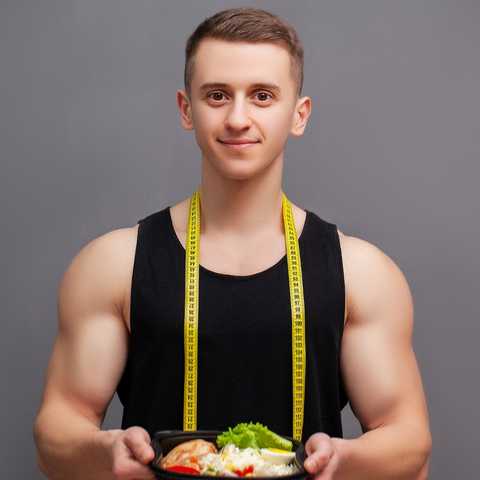
FAQs:
Unanswered questions regarding high protein meal plans? We’ll answer them here.
What are good high-protein meals?
A good high-protein meal contains a protein source, complex carbohydrates, such as fruits or vegetables, and healthy fat. An example would be chicken breast, sweet potato, broccoli, and almonds.
How can I get 200g of protein in one meal?
You can get 200g of protein in one meal by combining 4 scoops of protein powder with 16oz of chicken breast.
How to eat 150 grams of protein a day?
Eating 150g of protein per day is easy. Just have four meals with 35-40 grams of protein per meal.
Can you lose weight by eating high protein?
Yes, as long as you are in a calorie deficit, you can lose weight by eating a high-protein diet.
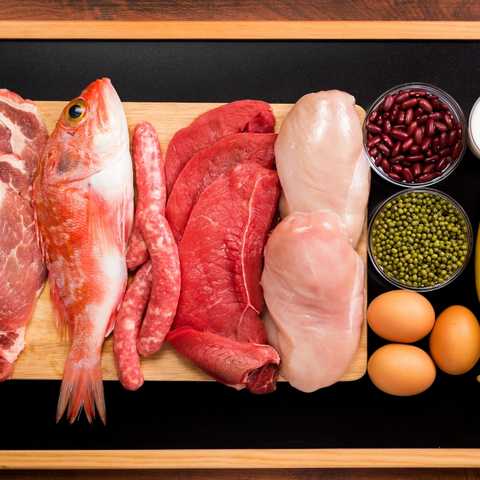
High Protein Meal Plans: Final Takeaways
There you go. You have everything you need to follow a high-protein meal plan, whether you want to build muscle or lose fat.
High-protein diets have been used successfully and safely by fitness enthusiasts for decades. And despite how controversial the topic of nutrition is, protein is one of the few things most nutrition gurus agree on. In my book, that says a lot.
Of course, knowing the benefits of a high-protein diet is one thing. Now it’s time to get in the kitchen and start cooking.
Looking for more great high protein recipes? Check out these 7 Best Bulking Breakfasts and these 12 High Protein Lunch Ideas for additional meal inspiration!
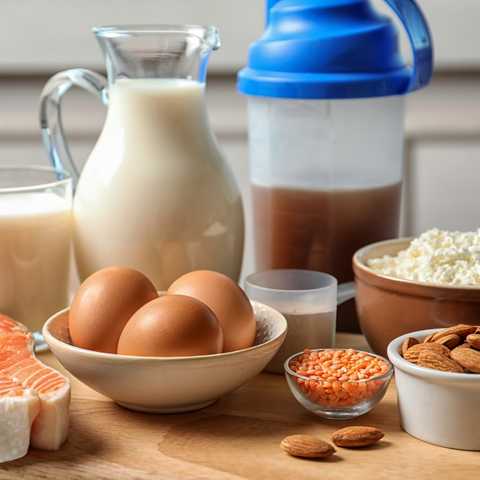
- National Research Council (US) Subcommittee on the Tenth Edition of the Recommended Dietary Allowances. Recommended Dietary Allowances: 10th Edition. Washington (DC): National Academies Press (US); 1989. PMID: 25144070.
- Berryman CE, Lieberman HR, Fulgoni VL 3rd, Pasiakos SM. Protein intake trends and conformity with the Dietary Reference Intakes in the United States: analysis of the National Health and Nutrition Examination Survey, 2001-2014. Am J Clin Nutr. doi: 10.1093/ajcn/nqy088. PMID: 29931213.
- Jäger R, Kerksick CM, Campbell BI, Cribb PJ, Wells SD, Skwiat TM, Purpura M, Ziegenfuss TN, Ferrando AA, Arent SM, Smith-Ryan AE, Stout JR, Arciero PJ, Ormsbee MJ, Taylor LW, Wilborn CD, Kalman DS, Kreider RB, Willoughby DS, Hoffman JR, Krzykowski JL, Antonio J. International Society of Sports Nutrition Position Stand: protein and exercise. J Int Soc Sports Nutr. doi: 10.1186/s12970-017-0177-8. PMID: 28642676; PMCID: PMC5477153.
- Antonio, J., Ellerbroek, A., Silver, T. et al. A high protein diet (3.4 g/kg/d) combined with a heavy resistance training program improves body composition in healthy trained men and women – a follow-up investigation. J Int Soc Sports Nutr 12, 39 (2015). https://doi.org/10.1186/s12970-015-0100-0
- Morton RW, Murphy KT, McKellar SR, Schoenfeld BJ, Henselmans M, Helms E, Aragon AA, Devries MC, Banfield L, Krieger JW, Phillips SM. A systematic review, meta-analysis and meta-regression of the effect of protein supplementation on resistance training-induced gains in muscle mass and strength in healthy adults. Br J Sports Med. 2018 Mar;52(6):376-384. doi: 10.1136/bjsports-2017-097608. Epub 2017 Jul 11. Erratum in: Br J Sports Med. PMID: 28698222; PMCID: PMC5867436.
- Bonjour JP. Dietary protein: an essential nutrient for bone health. J Am Coll Nutr. 2005 Dec;24(6 Suppl):526S-36S. doi: 10.1080/07315724.2005.10719501. PMID: 16373952.
- Antonio J, Ellerbroek A, Silver T, Vargas L, Tamayo A, Buehn R, Peacock CA. A High Protein Diet Has No Harmful Effects: A One-Year Crossover Study in Resistance-Trained Males. J Nutr Metab. 2016;2016:9104792. doi: 10.1155/2016/9104792. PMID: 27807480; PMCID: PMC5078648.
- Appel LJ, Sacks FM, Carey VJ, Obarzanek E, Swain JF, Miller ER 3rd, Conlin PR, Erlinger TP, Rosner BA, Laranjo NM, Charleston J, McCarron P, Bishop LM; OmniHeart Collaborative Research Group. Effects of protein, monounsaturated fat, and carbohydrate intake on blood pressure and serum lipids: results of the OmniHeart randomized trial. JAMA. doi: 10.1001/jama.294.19.2455. PMID: 16287956.
- Schoenfeld, B. J., & Aragon, A. A. (2017). How much protein can the body use in a single meal for muscle-building? Implications for daily protein distribution. Journal of the International Society of Sports Nutrition. https://doi.org/10.1186/s12970-018-0215-1

